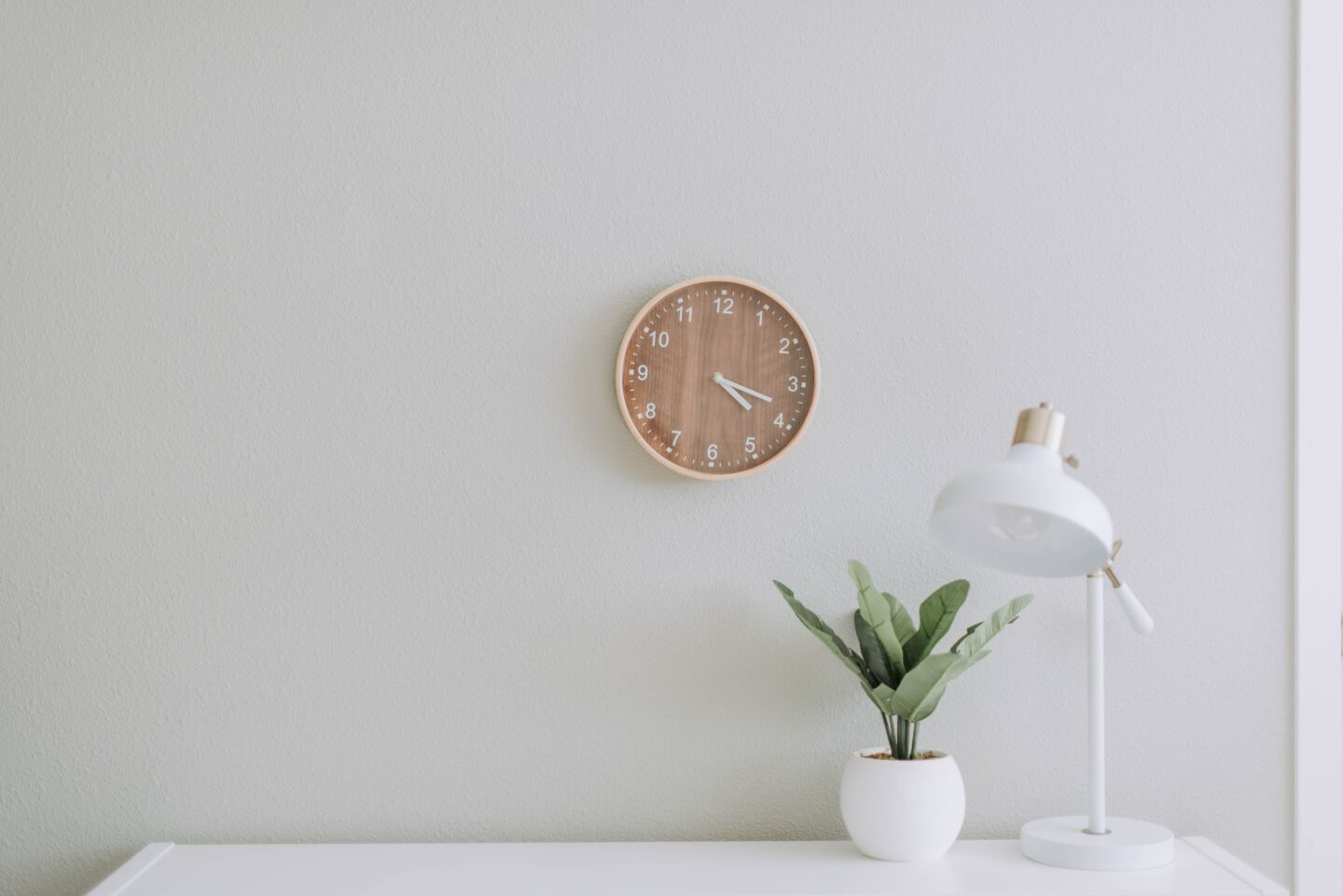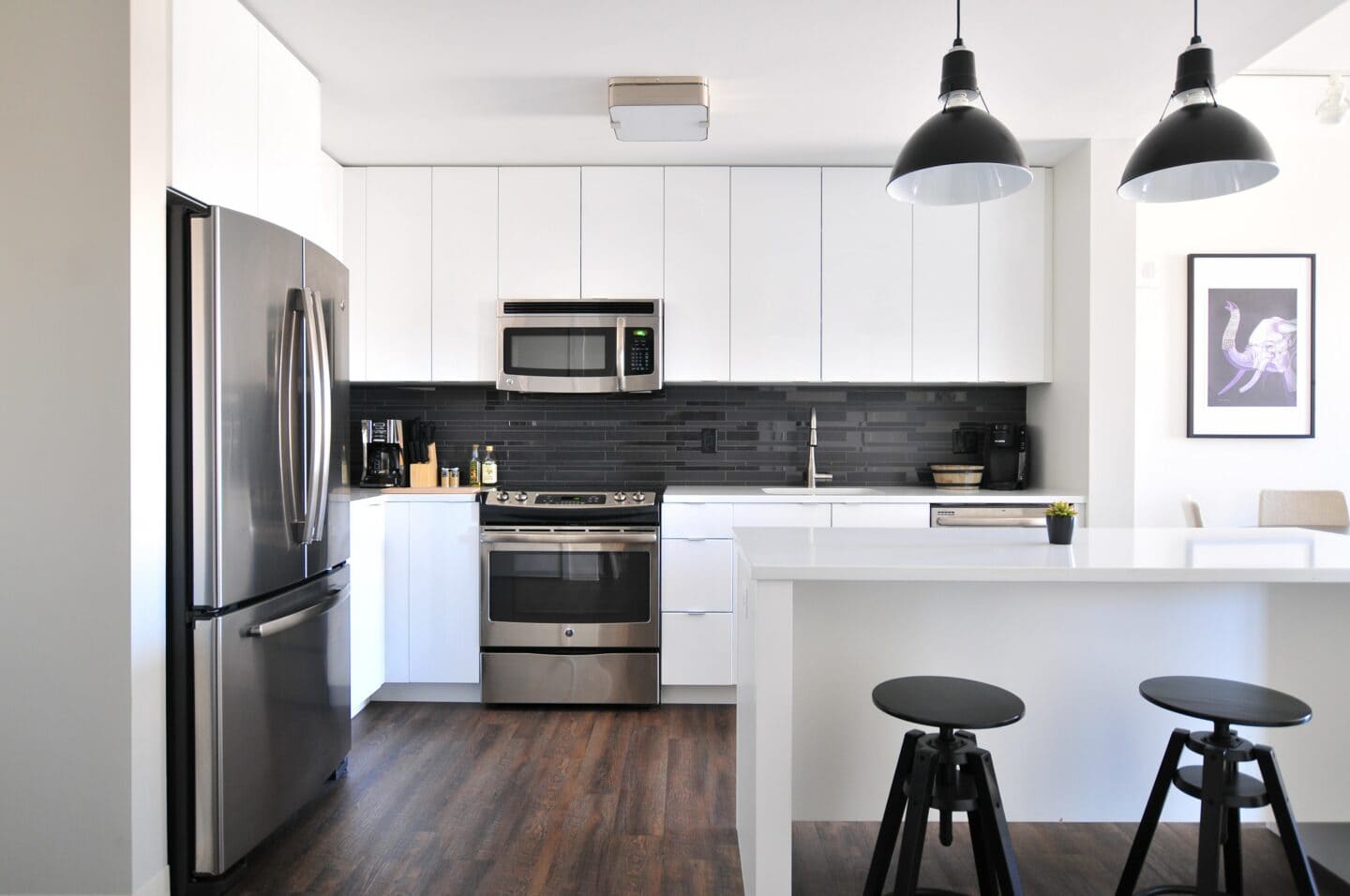Back boilers get their name from the fact that they’re attached to the back of a stove or fireplace. Back boilers became popular in the 1960s, though they started to be phased out in the 1980s. However, there are many people who still rely on a back boiler. This leads many to wonder whether they should replace it with a similar product or get a new boiler when their current one needs to be repaired or replaced. Let’s look at the pros and cons of back boilers and see if you should consider making a change.
The Points in Favour of a Back Boiler
Boilers are the hidden workhorse of the modern home and provide hot water that’s essential to a household’s needs. Back boilers can be used either for domestic water usage, to deliver hot water to your radiator system, or both. They can also be used in conjunction with other systems for greater performance and efficiency.

Another benefit of a back boiler is the generally low costs. Your back boiler could be attached to your central heating system so you can use the energy to heat the house without having to rely on the immersion heater.
One more thing in favour of back boilers is aesthetics. Back boilers have the benefit of being relatively hidden since they’re generally located behind your chimney. This also frees up space inside your home. Back boilers are also generally reliable when you take care of them properly. This is why there are so many that have been in service since the 1960s.
The Downsides of a Back Boiler
The biggest issue with back boilers is their relatively low energy efficiency when you use modern energy efficiency standards. Back boilers are up to 80 percent energy-efficient. In comparison, a modern condensing boiler is up to 98 percent efficient thanks to their larger heat exchangers. This has a major impact on your energy consumption and carbon footprint if you happen to live in a cold climate.
Another thing about back boilers is that they’re open flued. This means they need fresh air to work properly. If there is a problem with the chimney flue or the boiler, this introduces the risk of toxic fumes building up in your home. The ventilation system for the boiler contributes to draughts and noise, too. Furthermore, the reliance on the chimney for boiler ventilation limits your design choices if you want to renovate the fireplace.
Observations About the Use of a Back Boiler
The British government mandated new boilers must have a minimum 86 percent boiler efficiency. That means that if you get a brand-new boiler, you probably can’t legally install a back boiler. However, you can replace it with a more efficient combi boiler.
Know that your boiler must be compatible with downstream equipment, however. If you want to learn the ins and outs of boiler installation, you should read the back boiler replacement guide by Boiler Central. It highlights some of the limitations of back boilers and how their high-water pressure may be an issue when using certain appliances. They also discuss options like how you could have a system boiler provide hot water on demand to showers, and the compact design means they require relatively little space.

Note that you may be forced to change the plumbing and heating system in your home if you have to replace the boiler. You might also be able to use the old back boiler for distribution but rely on a modern combi or system boiler for hot water for your dishwasher and washing machine. We recommend that you run the numbers before you decide whether to alter or entirely replace your boiler system.
You should also take a closer look at your household and its needs. In some cases, while a combi might not be the best choice for you, a system boiler might be a good compromise. These units have a tank and most mechanical components inside the tank for easier installation. Combi boilers can only heat water for so many applications at the same time, and might not be the best suited for a large household.
However, a combi would be a perfect option if you have a smaller family that doesn’t use water at the same time. You should also note that you can install multiple combi boilers at once to be able to use it for more simultaneous applications. In all cases, combis are the best when it comes to energy efficiency, and are the perfect solution if you want to avoid tanks altogether. They’re much easier to maintain, install, and repair as well.
If you currently have a back boiler, you may be able to replace it with something similar. However, you should learn about supplemental water heating systems and alternatives as well, so you can make the best choice.
